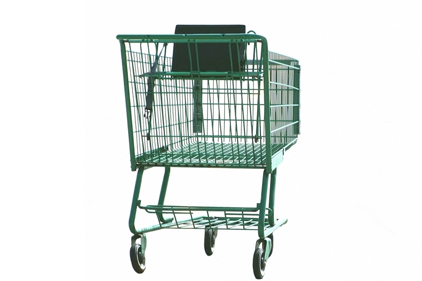TECH FLASH
Are you playing by the new rules of customer engagement?
Thanks to a new model, food and beverage sales grew in 2012 while other consumer packaged goods categories were down.

The 2013 Financial Performance Report by the Grocery Manufacturers Association (GMA) and PwC US says that although net consumer packaged goods (CPG) sales were down in 2012, food and beverage products grew at 7 percent and 5.5 percent net rates, respectively.
Much of the gain is the result of a new consumer engagement model that responds to the connected consumer and balances innovation with operational quality. The report says top companies succeed by identifying customers, engaging with them and focusing on innovation that directly reaches them. In a challenging market, successful innovation means accelerated mobile adoption, direct-to-consumer approaches and a presence on multiple digital channels.
Over 40 percent of food and beverage companies expect to sell directly to consumer compared to 2012’s 24 percent. The companies also are intrigued by the direct-to-consumer’s potential for testing new products faster and more effectively.
“Consumers today share much more readily with each other and with companies than in the past,” says Bert Alfonso, president of International Business for The Hershey Company. “Their input tends to be about your product’s characteristics and what they like and don’t like. We see it in North America, China, Brazil and other markets that have a high penetration of both mobile and Internet usage.”
According to Lisa Feigen Dugal of PwC, providing consumers with the core product may no longer be enough to drive profitability. Instead, she says, today’s consumers want solutions, experiences and value—and they want the company to be accessible via social media and direct-to-consumer channels to share them. These types of channels allow top companies to understand their customers’ wants, needs and values.
Overall, food and beverage manufacturers have reason to be optimistic: Sales reached $1.1 trillion in 2012 between grocery stores and foodservice on the strength of new innovation. The food sector, like most others, benefitted from higher sales per employee while staying flat on inventory turnover and cash conversion cycle.
However, a main obstacle for the food sector in 2012 was the continued rise of commodity prices, as the gap between what companies pay for raw materials and what they sell finished products for continued to shrink. The study says many bottom performers have started to hold onto cash, meaning they could be preparing to invest in R&D, marketing and other new product costs. Companies introducing new products will have success if R&D and marketing is drawn from information gathered with the new rules of customer engagement.
To view the survey, click here.
Looking for a reprint of this article?
From high-res PDFs to custom plaques, order your copy today!



